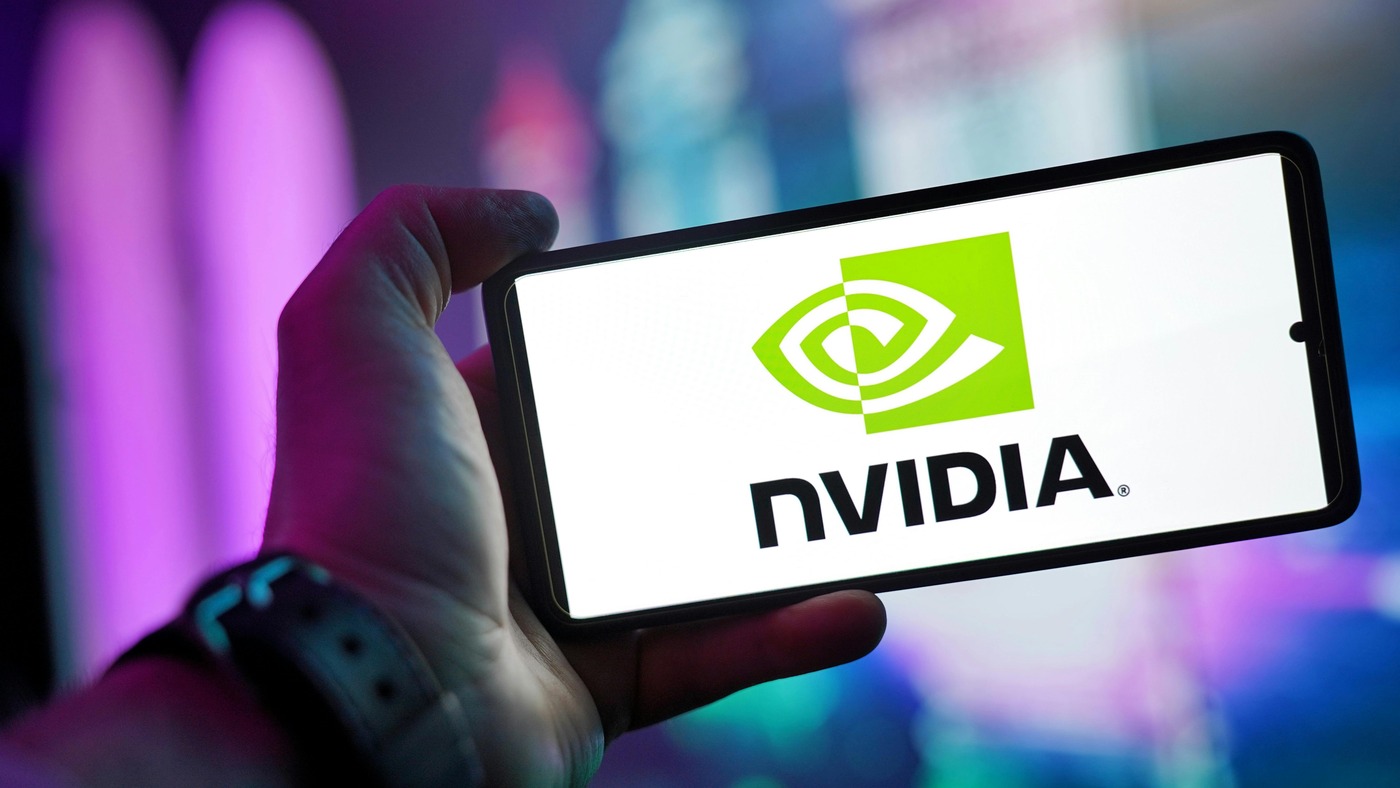Business
Nvidia Achieves $5 Trillion Valuation, Redefining AI Industry Landscape

Nvidia has made history by becoming the first company to reach a market valuation of $5 trillion. This milestone underscores the company’s pivotal role in the global artificial intelligence (AI) sector, transitioning from a graphics card manufacturer to a leader in AI technology. Nvidia’s growth trajectory has been remarkable, with its valuation jumping from $4 trillion just three months prior, primarily spurred by significant orders for AI chips and a commitment to build seven advanced supercomputers for the U.S. government.
As the backbone of AI infrastructure, Nvidia’s high-performance chips are integral to nearly every major AI system currently in development. The company has not only established itself as a critical hardware supplier but has also created a comprehensive ecosystem that includes software frameworks, developer tools, and infrastructure tailored for AI applications. This multifaceted approach has solidified Nvidia’s standing as an indispensable player in the AI economy.
Dominating the AI Market
Nvidia’s dominance in the AI sector poses substantial challenges for its rivals. Currently, the company’s GPUs account for the vast majority of chips utilized in AI training, leaving competitors such as Advanced Micro Devices and Intel with only a minor market share. Nvidia’s competitive edge is bolstered by the extensive development of tools and applications around its CUDA platform, creating a significant barrier for companies attempting to switch to alternative providers.
The company has also secured partnerships with major players like Google and Amazon, both of which are working on their own AI chip technologies yet still rely heavily on Nvidia’s offerings. This extensive reach allows Nvidia to maintain its dominance and establish partnerships that will be difficult for competitors to disrupt.
Potential Challenges Ahead
Despite the excitement surrounding this unprecedented valuation, analysts caution that Nvidia may face several risks. The company’s stock price reflects high expectations for future growth, and any downturn in demand or delay in innovation could pressure its valuation. Geopolitical factors also pose a threat; U.S. export restrictions on advanced chip sales to China could hinder Nvidia’s ability to serve one of its largest markets.
Nvidia has been adapting by developing modified chips to comply with these regulations, but uncertainties surrounding global trade policies remain a concern. An analyst noted, “Nvidia doesn’t need Trump’s backing the way Intel might. What Nvidia is doing is positioning itself close to the White House for deals that could be costly—like investing in Intel or building chips in Arizona. These are the costs of doing business with Washington.”
Market analysts have compared the current AI boom to previous technology bubbles, with some arguing that the AI-driven capital expenditure surge, especially in the chip sector, suggests a strong growth narrative. While Nvidia’s fundamentals remain solid, there is a cautionary note regarding whether investors are pricing in too much optimism too soon.
As the company navigates an increasingly competitive environment, its future will depend on maintaining technological leadership and ensuring a stable global supply chain. This dynamic landscape requires Nvidia to continuously innovate and adapt to sustain its remarkable growth trajectory.
-

 Entertainment2 months ago
Entertainment2 months agoAnn Ming Reflects on ITV’s ‘I Fought the Law’ Drama
-

 Entertainment3 months ago
Entertainment3 months agoKate Garraway Sells £2 Million Home Amid Financial Struggles
-

 Health2 months ago
Health2 months agoKatie Price Faces New Health Concerns After Cancer Symptoms Resurface
-

 Entertainment2 months ago
Entertainment2 months agoCoronation Street’s Carl Webster Faces Trouble with New Affairs
-

 Entertainment2 months ago
Entertainment2 months agoWhere is Tinder Swindler Simon Leviev? Latest Updates Revealed
-

 Entertainment3 months ago
Entertainment3 months agoKim Cattrall Posts Cryptic Message After HBO’s Sequel Cancellation
-

 Entertainment2 months ago
Entertainment2 months agoOlivia Attwood Opens Up About Fallout with Former Best Friend
-

 Entertainment2 months ago
Entertainment2 months agoMasterChef Faces Turmoil as Tom Kerridge Withdraws from Hosting Role
-

 Entertainment3 months ago
Entertainment3 months agoMarkiplier Addresses AI Controversy During Livestream Response
-

 Entertainment4 months ago
Entertainment4 months agoSpeculation Surrounds Home and Away as Cast Departures Mount
-

 World2 months ago
World2 months agoCole Palmer’s Mysterious Message to Kobbie Mainoo Sparks Speculation
-

 Entertainment2 months ago
Entertainment2 months agoITV’s I Fought the Law: Unraveling the True Story Behind the Drama





















